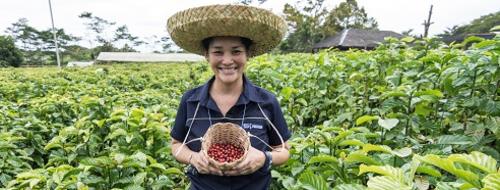In an initiative to take action on waste plastic sachets as part of the solid waste management system in Baliwag, Bulacan, the local government unit (LGU), Nestlé Philippines, and Green Antz Builders, Inc. recently launched the first Green Antz eco-brick hub in the municipality.
The event was led by Baliwag Mayor Ferdinand V. Estrella, members of the Sangguniang Bayan and Sangguniang Barangay, Nestlé Philippines AVP and Corporate Affairs Executive Maria Christine Ponce-Garcia, and Green Antz President Rommel S. Benig.
The newly built eco-brick hub, located in Barangay Subic headed by Barangay Chairman Enrico Buenaventura, will produce Green Antz eco-bricks, eco-pavers, and other related products incorporating waste plastic laminates. The Green Cooperative, under the Municipal Environment and Natural Resources Office (MENRO), will operate the facility.
Each Green Antz eco-brick contains around 100 sachets or 50 grams of post-consumer laminates. The use of eco-bricks in construction offers the following advantages over using hollow blocks: a much higher compressive strength (550 vs. 158 PSI), 30 percent savings in overall wall construction costs, less labor man-hours, less concrete mix and a shorter curing time, no breakage during storage on site, and less water used.
A Green Antz eco-paver uses some 50 sachets or 25 grams of waste plastic laminates. An eco-paver can store up to one liter of water in 8-10 seconds and is ideal for rainwater recovery in open spaces.
In order to contribute to demand, all construction projects of the Baliwag LGU will utilize Green Antz products. The eco-brick hub fits in with the already existing Palit Basura program in Baliwag under which residents segregate wastes and exchange them for goods at the Baliwag Climate Change Center or the nearest Palit Basura store.
By partnering with local governments and other organizations together with Green Antz to build eco-brick hubs in different parts of the country, Nestlé enables communities to begin recycling waste plastic sachets while opening up various livelihood opportunities, such as producing, selling, delivering and installing eco-bricks, creating a new value chain in the process.




